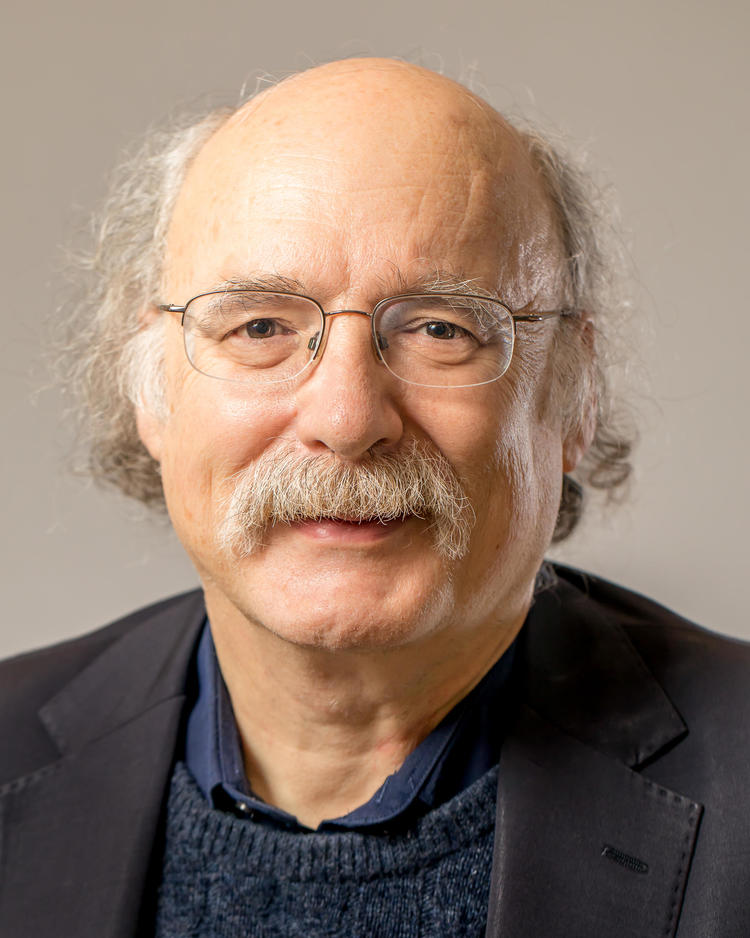
About
In general, I am interested in strongly-interacting quantum many-body condensed-matter systems, explored by non-perturbative methods:
Geometry of the fractional quantum Hall effect (FQHE): The FQHE occurs when the kinetic energy of electrons bound to a 2D surface becomes quantized in the presence of a high magnetic fields when they move in Landau orbits. The "guiding centers" of their orbits have non-commuting components and define a "quantum geometry". "Incompressible quantum fluid" states of the electrons at fractional Landau-level filling p/q can be modeled as a "condensate" of "composite bosons" formed from p particles and q "flux quanta" (guiding-center orbitals).
Research Interests
I am currently developing a new geometric description of the fractional quantum Hall effect that introduces the "shape" of the "composite boson", described by a "unimodular" (determinant 1) spatial metric-tensor field as the fundmamental collective degree of freedom of FQHE states. See arXiv:1106.3375 This new "Chern-Simons + quantum geometry" description is a replacement for the "Chern-Simons + Ginzburg-Landau" paradigm introduced c.1990. Unlike its predecessor, it provides a description of the FQHE collective mode that agrees with the Girvin-Macdonald-Platzman "single-mode approximation". This work grew out of an earlier study arxiv:0906.1854
of the dissipationless "Hall viscosity" of FQHE states.
